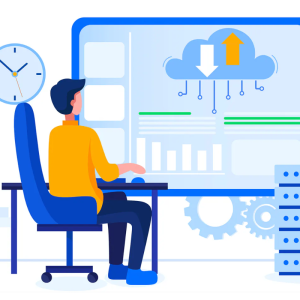Course Description:
Oracle Database 11g delivers economies of scale on easily managed low-cost grids, making it easier to reduce cost of downtime with maximum availability architecture, change IT systems faster using Real Application Testing, partition and compress data to run queries faster using less disks, securely protect and audit data, and enable total recall of data, and make productive use of standby resources with Active Data Guard.
This course addresses Oracle Database 11g Programming with SQL and is focused on:
- Querying a Database with SQL
- Conversion Functions, Conditional Expressions, Group Functions, and Joins
- Manipulating Queries and Data
- Using DDL, Views, and Schema Objects
- Controlling User Access and Managing Objects
- Managing Data Dictionary Views and Large Data Sets
- Managing Time Zones and Datetime Functions
- Subqueries and Regular Expressions
For on-demand learning, you will have access to this course for 12 months from the purchase date.






